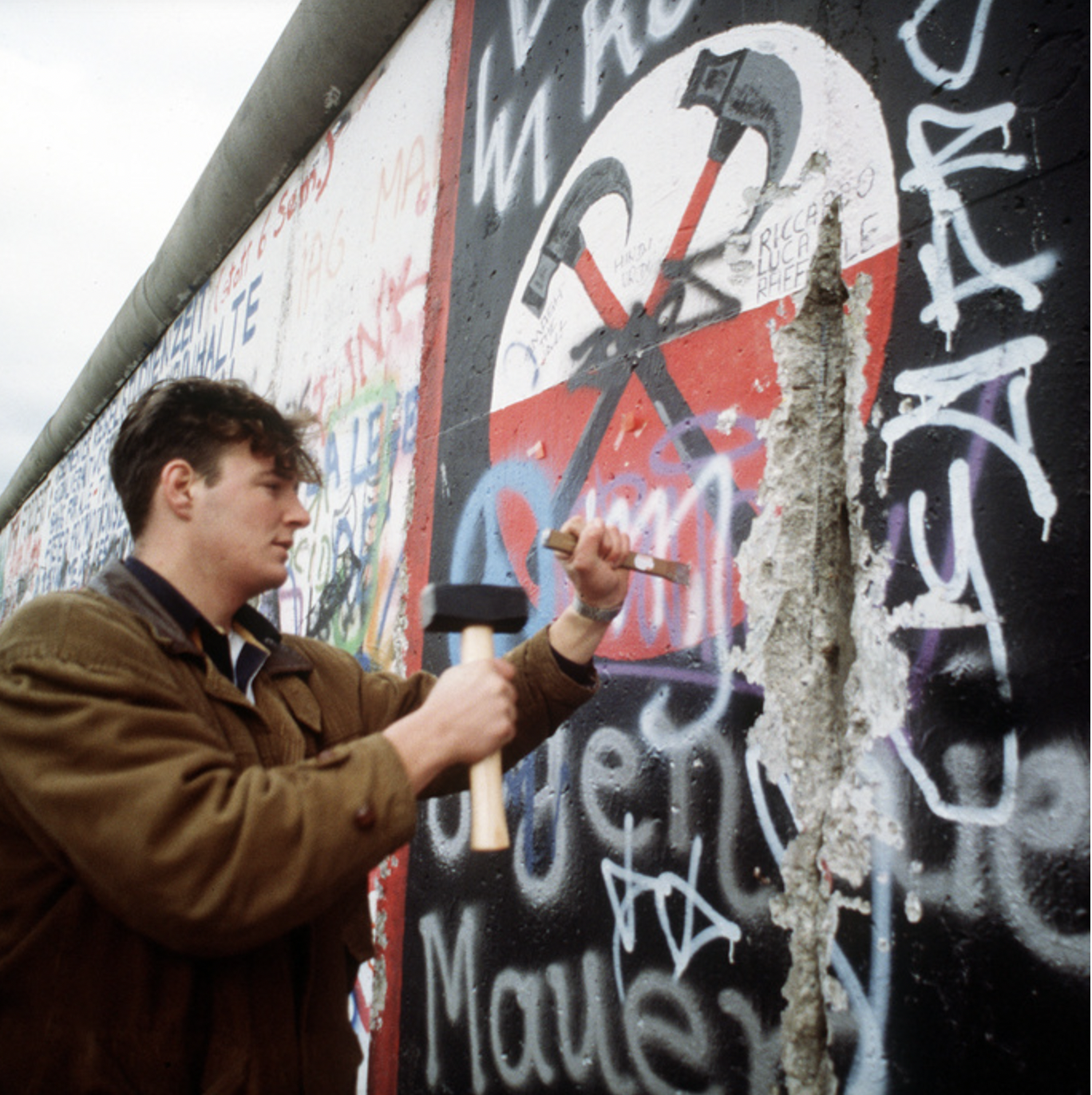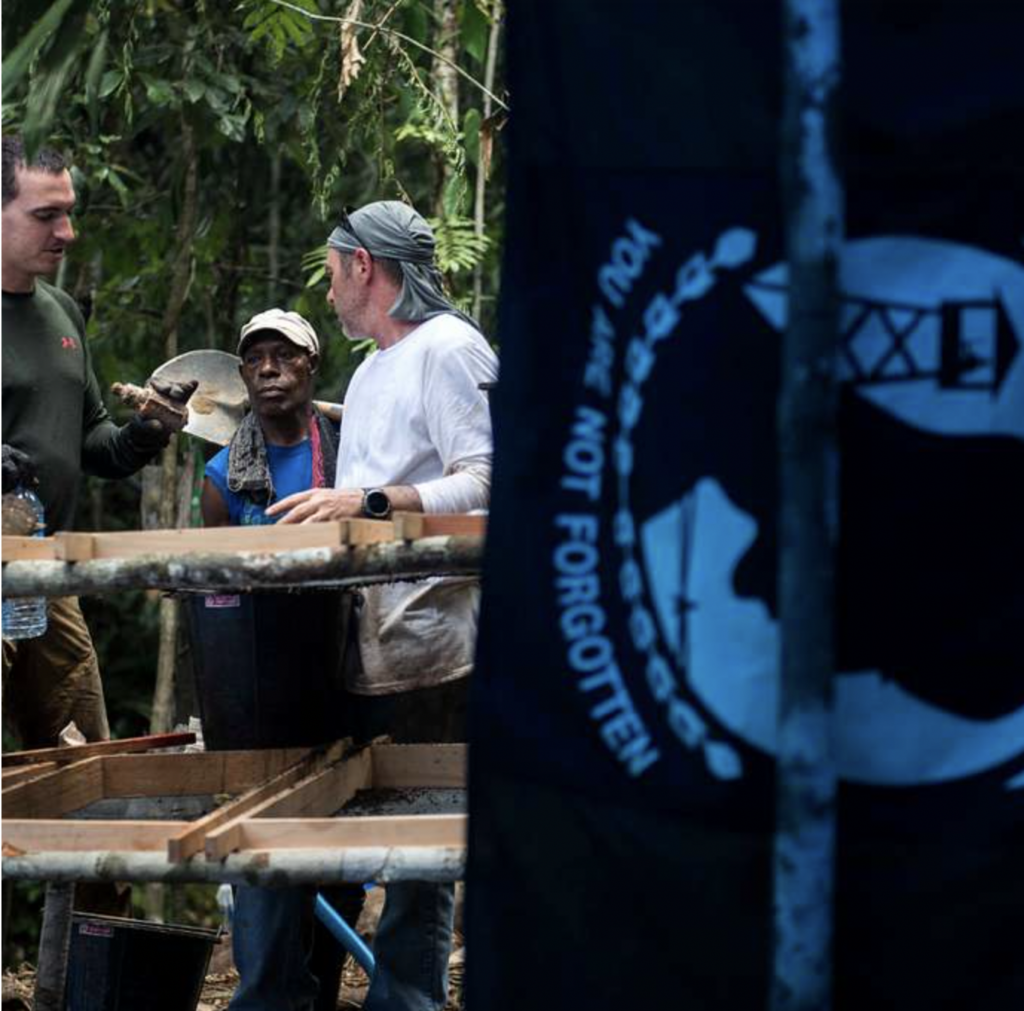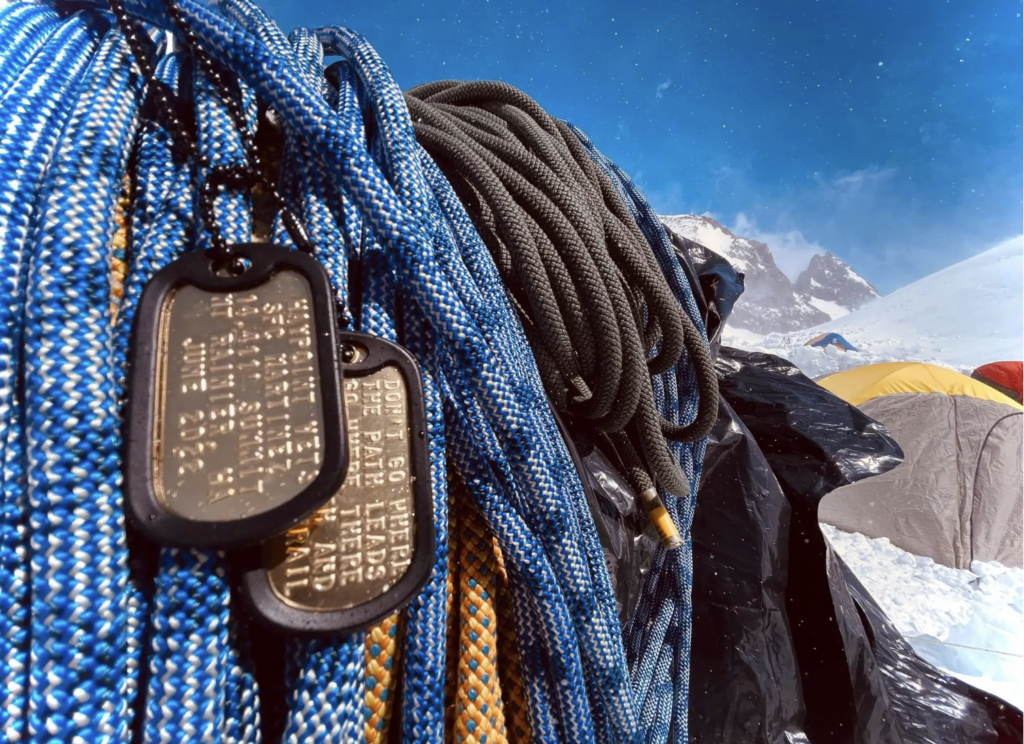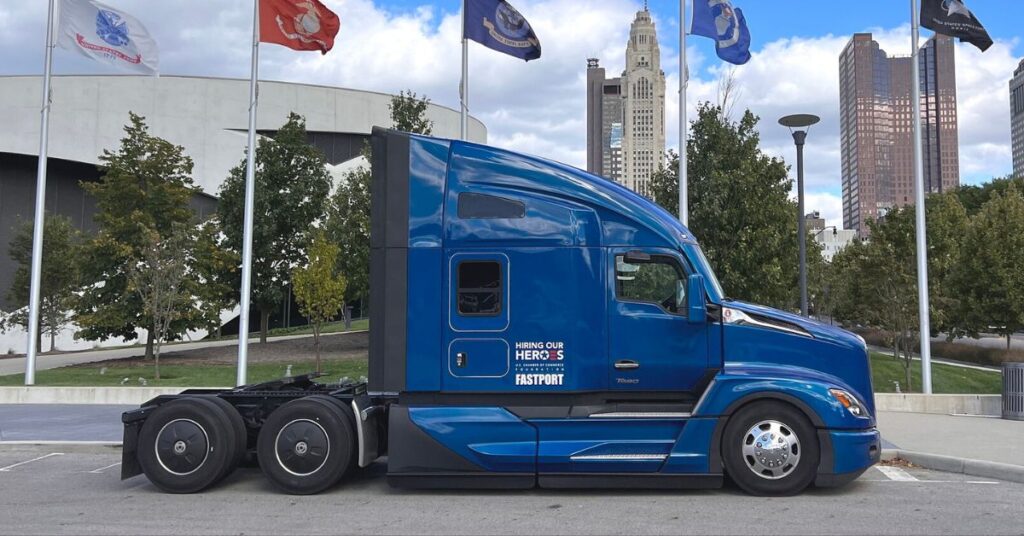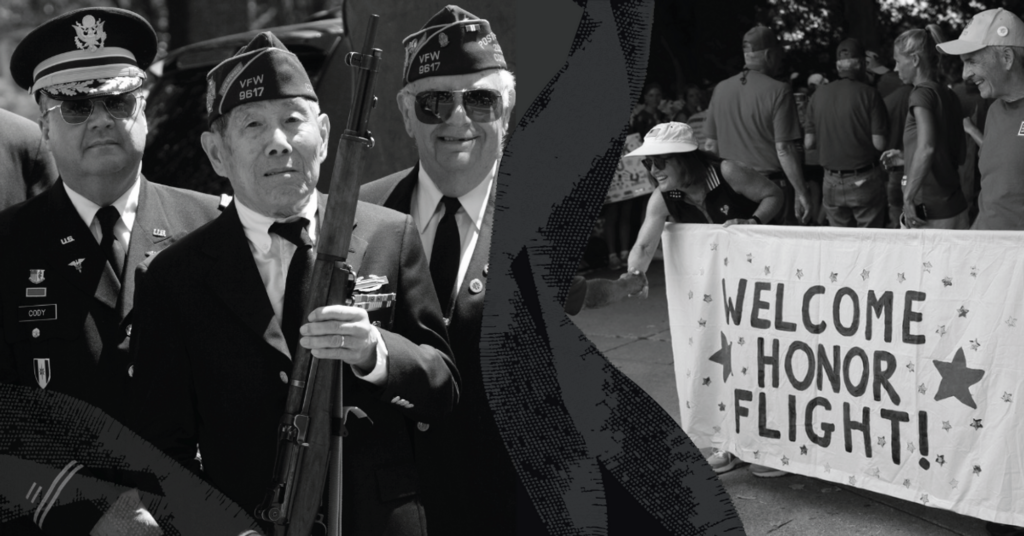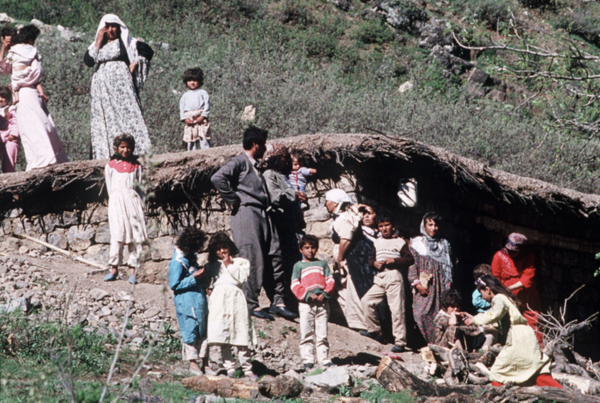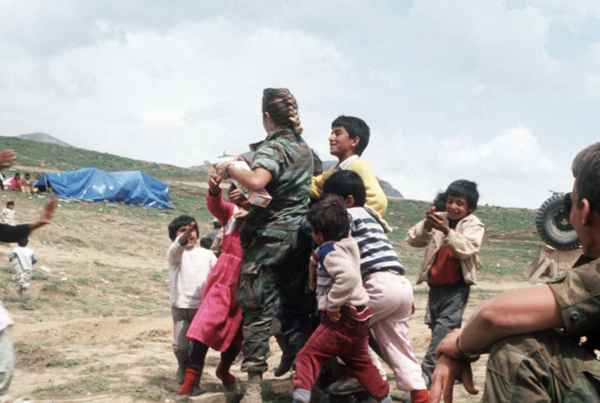Trucks of Peace Series: The US Military is the single greatest supplier of humanitarian aid to those in crisis. American military trucks are first in peace, first in the hearts of those in need around the world. VIT is exploring the captivating and often heartwarming stories of military trucks in the battle against need as they deliver life-saving supplies.
The Great Escape
Pig trucks, hot air balloons, hallowed-out cars, and elaborate tunnels– citizens fleeing East Germany got creative fleeing from Soviet oppression. They were often helped by courageous truck drivers who smuggled them in creative ways across the border, effectively beating the “Death Strip,” and freeing them.
The pass from East into West Germany was armed with armed soldiers commissioned with kill-on-sight. During the decades after WWII until the fall of the Berlin Wall, 600 citizens were murdered attempting to flee the harsh Soviet regime. More than 100,000 individuals attempted the crossing with varying degrees of creativity.
People were shot so often at the border that it was ominously nicknamed, “The Death Strip.”
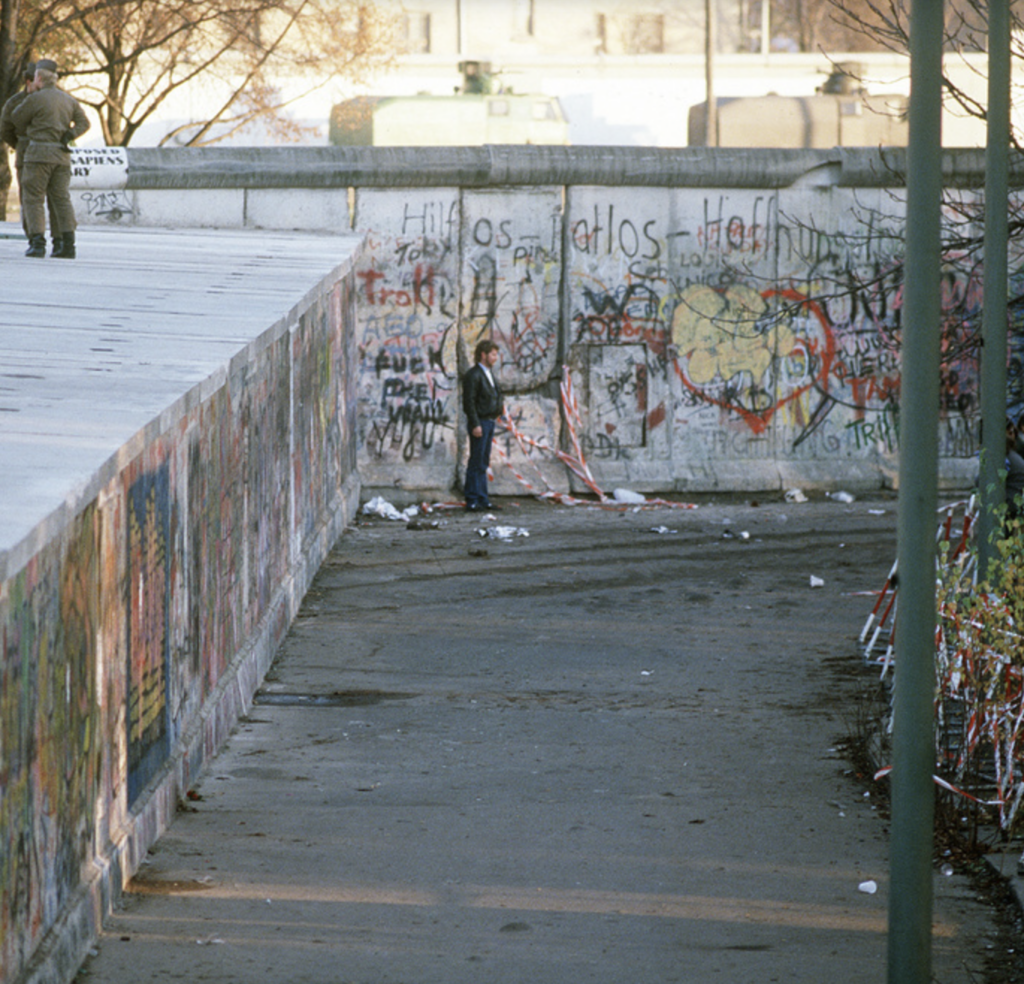
Live Cargo: Smuggling People Across the Border
“The smuggling of East Germans by Westerners continued well into the 1970s. Truck drivers did their best to sneak people out to the West, but the ever-stricter border controls from the GDR’s brutal police force meant the escape attempts were often discovered.”
But truck drivers did their part to help Eastern Berliners to flee oppression. They worked to smuggle and perform daring rescues, “An unusual mass escape occurred in September 1964 when 14 East Germans, including eleven children, were smuggled across the border in a refrigerated truck. They were able to escape detection by being concealed under the carcasses of slaughtered and stuffed pigs being transported to the West.”
But sometimes these truck drivers weren’t successful, and they were imprisoned for their efforts.
“Several truck drivers from Austria sat in Bautzen prison,” recalled Friedrich Bauer, Vienna’s former ambassador of the GDR. “My officials visited them regularly and we were usually able to obtain an early release.”


